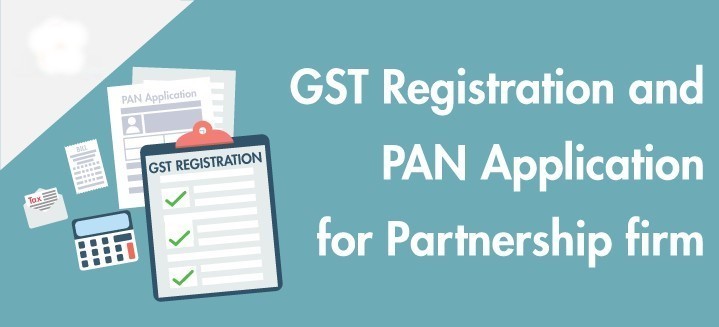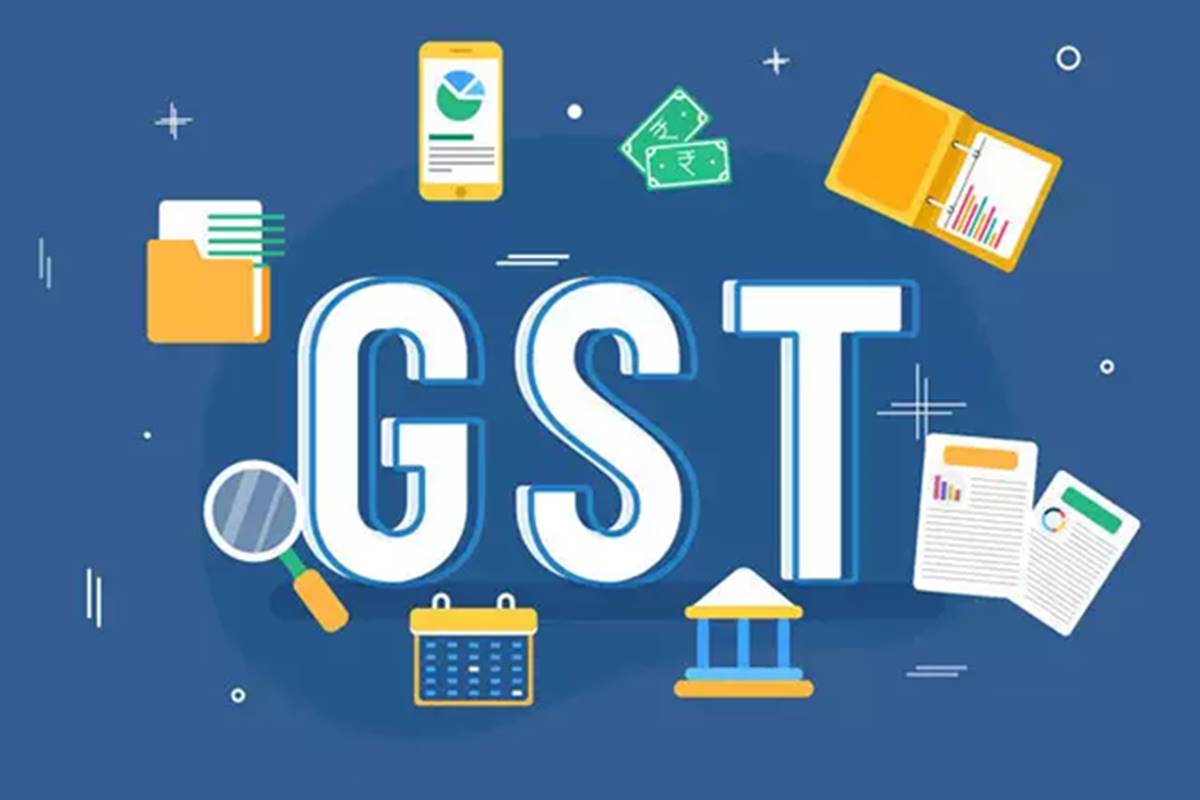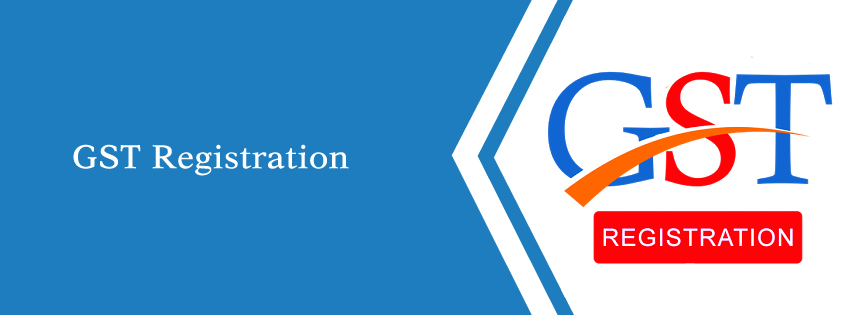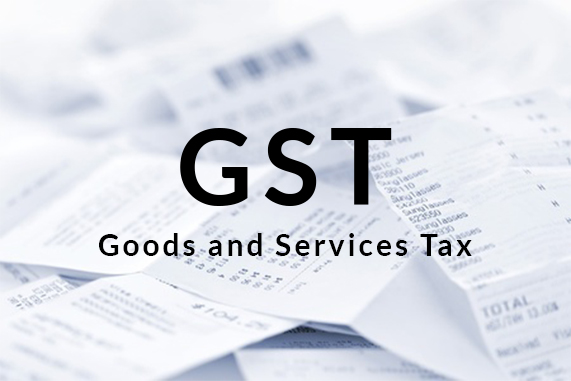
For public limited companies, the process of GST registration can seem complex and confusing. But with a little bit of knowledge and guidance, this process can be made much simpler. In this blog post, we’ll take a look at the various steps involved in the GST registration process for public limited companies and discuss how to ensure your company stays compliant.
Overview of the GST Registration Process
For a public limited company to be registered under GST, the company must first apply to the Central Board of Indirect Taxes and Customs (CBIC). This application is made through the GST common portal. Once the application is successfully registered, the Public Limited Company Registration In India will be issued a provisional registration certificate that is valid for 6 months. This certificate needs to be verified by the jurisdictional GST officer to obtain a permanent registration number. The GST registration will then be issued for the Public Limited Company after the successful verification of documents. This process helps ensure that Public Limited Companies are compliant with all tax-related regulations in India.
Once the application is submitted, it will be verified by the CBIC and a unique GST Identification Number (GSTIN) will be allotted to the company. This GSTIN can be used for all subsequent transactions related to the GST registration process for that particular public limited company Moreover, the GSTIN allotted by CBIC against the registration of a Public Limited Company must be mentioned in all invoices issued by the Public Limited Company. Furthermore, the Public Limited Company must keep all records related to its GST Registration process indefinitely to ensure compliance with GST rules. Such records include all documents related to registration, returns filed, and payments made for the Public Limited Company GST Registration.
Step-by-Step Guide to Registering a Public Limited Company
To successfully register a public limited company, the first step is to choose three directors and acquire digital signatures for each of them. Choosing a Public Limited Company Registration Consultant is the next step to ensure that all documents are completed accurately and to ensure the process is completed promptly. The Public Limited Company Registration Consultant will ensure all documents are filed correctly with the necessary government agencies and will also provide guidance with any questions that may arise during the registration process. With their help, registering a public limited company is relatively straightforward and hassle-free.
It is also essential to incorporate the company with the Registrar of Companies (ROC) and obtain a Certificate of Incorporation. This document will provide a valid legal identity to the company, thus allowing it to register for GST Next, Public limited companies must register themself with the Registrar of Companies (ROC) and obtain a valid Certificate of Incorporation. This certificate is essential to obtain a legal identity and to be able to register for GST online. Public limited company registration online is mandatory and should be done with care to create a successful business.
Qualifying Criteria for GST Registration
To be eligible for GST registration, a public limited company must have an annual turnover of at least Rs 40 lakhs. Public limited companies can register for GST online, through the GST portal. The applicant must fill in the form with their company details and valid documents, like their PAN card and company registration certificate. Once the registration has been completed, they will be provided with a 15-digit GST Identification Number (GSTIN). It is important to note that all public limited companies must complete their GST registration within 30 days of crossing the turnover threshold.
In addition to this, the company must have the approval of the Registrar of Companies and must also be registered with the Goods and Services Tax Network (GSTN) to be eligible for GST registration as a Public Limited Company. To register with the GSTN, the company must provide a valid PAN number and other documents such as proof of business address, bank account details, digital signature certificate, etc. After the successful submission of all the documents, the company will be granted GST registration after the completion of the verification process by the GSTN.
Moreover, the company should have suitable records and documents to prove their eligibility for GST registration Thus, Public Limited Companies in India should be aware of the procedure to be followed to get GST registration. This can be done online in India. Public Limited Companies should also ensure that they have sufficient records and documents to prove their eligibility for GST registration.
Obtaining and Submitting Documents for Registration
Before a public limited company can apply for GST registration, it needs to obtain and submit the applicable documents. This includes a copy of the company’s certificate of incorporation, a list of directors and authorized signatories, and proof of its registered office address. Public limited company registration online typically requires this information to be uploaded to the government portal to begin the registration process. All documents must be valid and up to date, as this can delay the registration process. Additionally, all directors and authorized signatories must provide their PAN numbers and other necessary documents. Once approved, the public limited company will receive a GST Identification Number (or GSTIN) with information on filing returns, payment of taxes, and other details.
Additionally, it is important to ensure that the documents are up-to-date and accurate to avoid any issues with the application process or delays in obtaining the required GST registration for a Public Limited Company. This includes making sure that the forms are completed correctly and that the supporting documents are ready to be submitted with the application. Additionally, the Public Limited Company should also ensure that they have all relevant documentation such as Memorandum and Articles of Association, Certificates of Incorporation, and other relevant documents from the Registrar of Companies. Having all these documents to hand is key for a successful GST registration for Public Limited Companies.
The GST registration application should be submitted along with all necessary documents to ensure efficient processing by the government authorities. It is also necessary to provide accurate information on all forms to avoid any potential problems or delays with the process Besides, the Public Limited Company Registration Consultant should be consulted to ensure that all the GST registration documents are prepared properly and accurately. It is important to provide accurate information on all forms while submitting the GST registration application, to avoid any potential problems or delays with the process. A Public Limited Company Registration Consultant can help make sure that all documents are filled out correctly and submitted properly so that your GST registration process will run smoothly.
Benefits of Being a Registered Public Limited Company
Being a registered public limited company brings many benefits, such as the ability to tap into capital markets for additional funds and resources, as well as being able to offer shares to the public and access a larger customer base. To gain these advantages, a Public Limited Company must first go through the process of GST registration. This involves compiling a range of documents and declarations, such as filing three copies of the memorandum and articles of association, board resolution, and PAN and Aadhaar details to provide proof of identity. After successfully obtaining GST registration, Public Limited Companies can take advantage of reduced costs, improved efficiency, and better customer service associated with this system.
Additionally, GST registration allows your company to claim the input tax credit on tax paid towards goods or services purchased in India. This helps significantly reduce costs associated with taxation and provides more stability to the business’s bottom line. Public limited company registration online in India is a straightforward process and helps ensure compliance with GST laws and regulations. By registering with the GST, businesses can gain access to additional tax facilities and deductions, as well as the ability to easily track their purchases and sales. Furthermore, registering for GST helps businesses stay competitive in their respective industries. Therefore, Public limited companies in India need to register for GST as soon as possible for a more efficient and tax-friendly business experience.
Furthermore, GST registration also gives companies greater credibility with customers, suppliers, vendors, and other stakeholders in the market as it is seen as a sign of commitment to India’s taxation policies and regulations In conclusion, Public Limited Company Registration under GST is an important step to make your business credible in the market. It is a sign of commitment to India’s taxation policies and regulations and helps Public Limited Companies gain trust and reliability from customers, suppliers, vendors, and other stakeholders.
Frequently Asked Questions about the Process
The GST registration process for public limited companies is not overly difficult and should not take more than a few days. However, some important questions need to be answered before the process can begin. Firstly, the Public Limited Company should ascertain if it is eligible for GST registration. Secondly, a valid PAN card of the company is required for GST registration. Thirdly, the company must have the necessary documents that prove its identity and address. Once these steps have been completed, the company can apply for GST registration. After applying online, an acknowledgment of receipt will be sent to the applicant. This is usually followed by a confirmation from the GST department within 15 days. After this, the Public Limited Company can start taking advantage of all GST-related benefits.
It’s important to understand what documents need to be submitted for registration if there are charges associated with the registration process and what other information needs to be provided such as financial statements, business address, and contact details All in all, Public Limited Company Registration In India requires a bit of paperwork and understanding on the part of the business owners. It’s essential to know what documents need to be submitted, any associated charges, and additional information such as financial statements, business address, and contact details to successfully register a Public Limited Company in India.
Conclusion
As a public limited company, understanding the GST registration process is essential for staying compliant. By thoroughly understanding all the steps in the process, you can ensure that your GST registration is completed successfully. While it may seem complex and confusing at first, by following the steps outlined in this blog post you can easily navigate the GST registration process and get your business up and running in no time.









